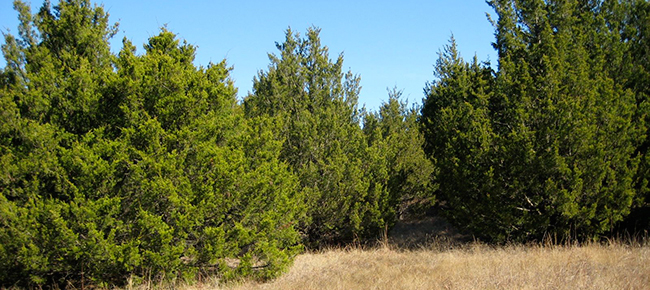Increasing water yield and quality through redcedar removal and establishment of herbaceous biofuel feedstock production systems: Effect of vegetation on groundwater recharge in upland ecosystems
Main Article Content
Abstract
Most studies of land conversion to bioenergy production have focused solely on surface water and not groundwater. Changes in land use and vegetation cover can directly alter groundwater recharge processes, especially in water limited semi-arid and subhumid regions. Vegetation reduces groundwater recharge by either extracting groundwater from the saturated zone or reducing rainfall reaching the groundwater table. Research so far has focused mainly on the riparian zone where connectivity between the surface and the alluvial aquifer is intuitive and the interaction can be rapid. However, over 90% of land surface is upland, and the effect on groundwater of changes in upland vegetation cover such as conversion from redcedar woodland to herbaceous biofuel feedstock production is poorly understood.
Article Details
Section
Reports
